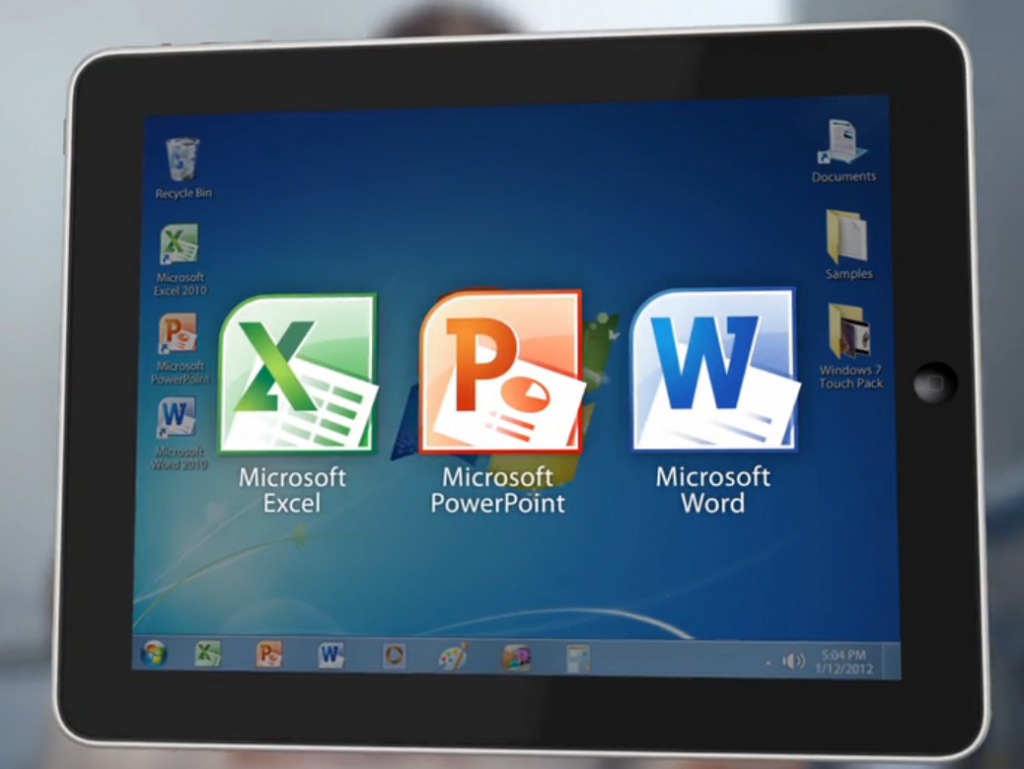With Office for iPad, Microsoft Opens Up Not to Expose Vulnerability
For the first time ever, Microsoft has put its most popular productivity suite onto Apple’s iPad.

The long anticipated move broke the giant’s tradition to cling to its Windows operating system. Just after 12 hours of release, Microsoft Word app for iPad hit the number one spot in Apple’s App Store.
Some critics pointed out the catch in Microsoft Office’s seemingly free apps: users need to have a subscription to Office 365 to use advanced functions other than basic viewing of documents. The home version costs $99 per annum and works on five devices, whereas for $69.99 a year, the suite works on just one computer and one tablet.
Microsoft built the apps specifically for iPads and not by simply stretching the version it already has on iPhones. The release of Office for iPad also emphasizes the cloud as part Microsoft’s strategy, since OneDrive cloud storage is also incorporated. This allows real-time collaboration among up to five users.
Satya Nadella, Microsoft’s new CEO, said: "We want to empower people to be productive and do more on any device. Users are no longer bound to one device, place or time."
Along with the Office for iPad launch, Microsoft’s cross-platform mobile device management bundle has also been released. The Enterprise Mobility Suite contains features that help large companies manage iOS, Android and Windows-based devices.
“Microsoft has finally and bravely taken a step to ease the grip on its native Windows OS, and put customers at the heart of its supply chain. Although in the short term, sales of Windows-based devices may be reduced, Microsoft can surely recoup, if not boost revenues based on the mere existence of its apps on any gadget,” said Vivek Sood, CEO of Global Supply Chain Group.
It is estimated that Microsoft could make between $US840 million to $US6.7 billion annually from its Office for iPad offering.
Flurry - a mobile analytics and advertising company, said Microsoft’s move perfectly corresponded to the consumer trend of using productivity apps on mobile devices. They revealed the amount of time spent on such apps had more than doubled from last year to five and a half minutes per day.
Not only with consumers, Microsoft has also opened up to developers, with the availability of its programming interfaces (APIs) for Office apps and Office 365 services.
Nadella said after the Office for iPad launch in San Francisco: “It’s not about today’s share position based on today’s form factors, because in the full arc of time there will be many new platforms that will require Office, from small screens to large screens.”
“While Apple continues to be a beautiful garden that lures everyone to stay inside for good, Microsoft has decided to shift from this “nice reclusive garden” strategy. By allowing others - including its rivals -access, Microsoft can build a dynamic network inadvertently promotes its proprietary goods rather than competes against them,” said Sood – also the author of the “5-Star Business Network” book.
